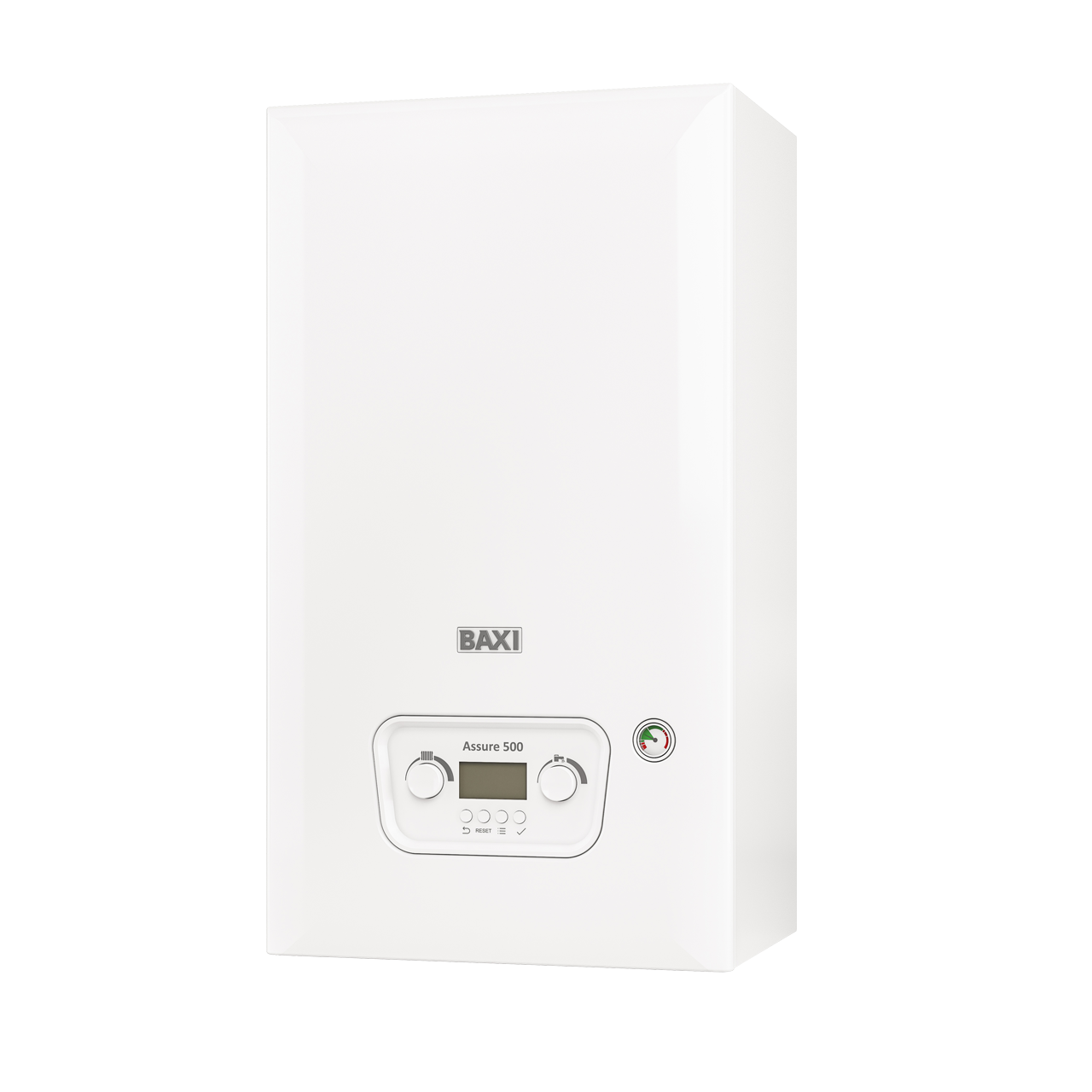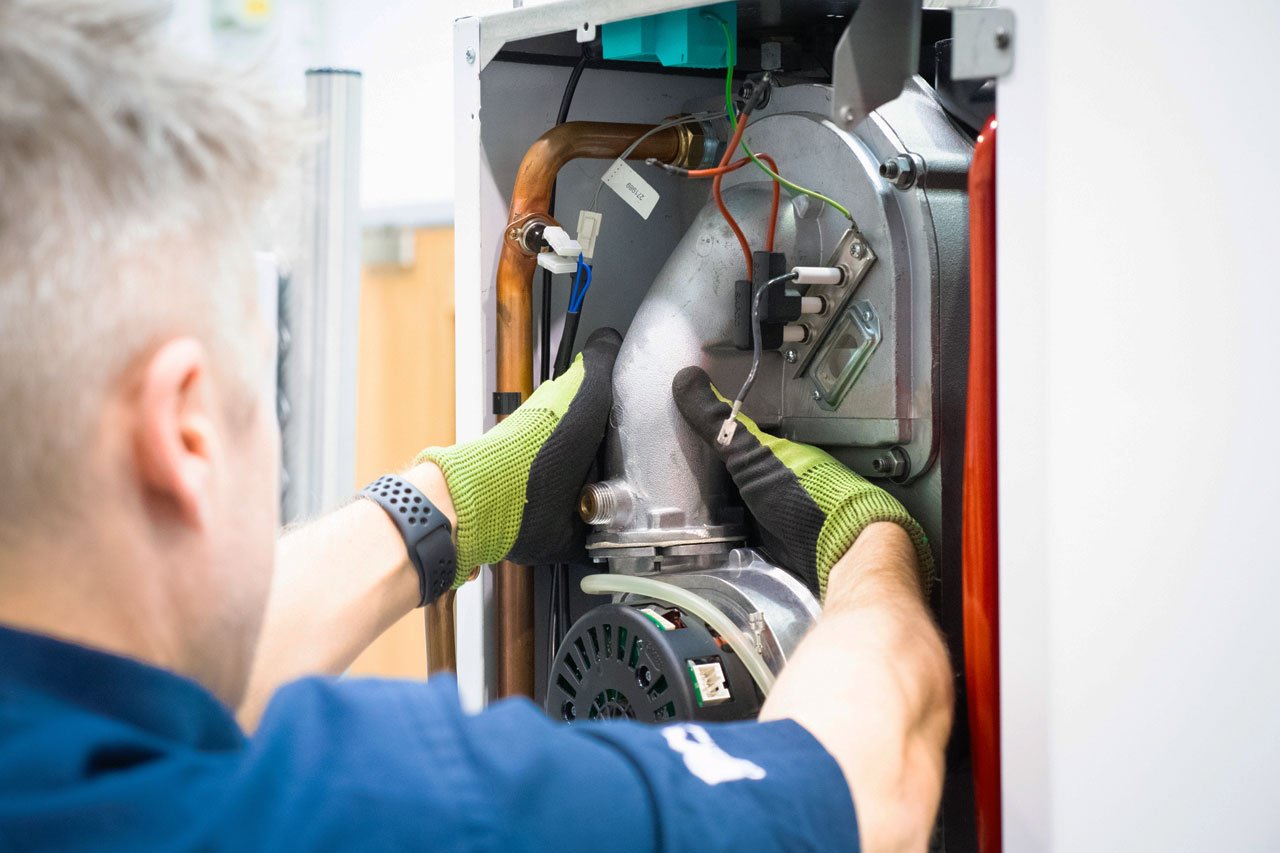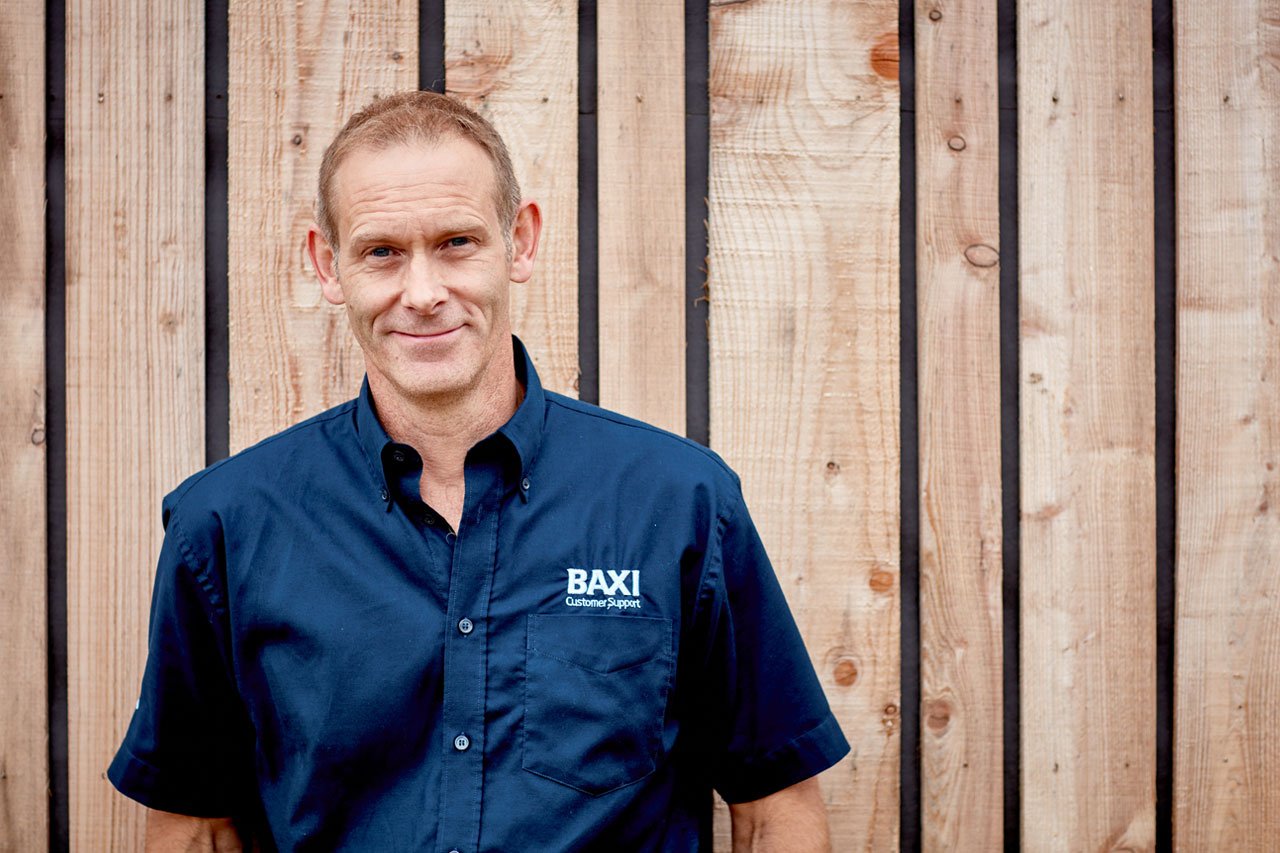
Let's Talk ASHP Solutions - Part 5
Andrew Green, Baxi’s Head of Technical Solutions discusses what the main differences between installing Air Source Heat Pumps (ASHPs) in new build and retrofit buildings, selecting the right location for a heat pump and what maintenance is required.
What are the main differences between installing Air Source Heat Pumps (ASHPs) in new build and retrofit buildings?
ASHPs are possible in both new build and retrofit buildings – but there is no escaping the fact that it is often more difficult in older buildings.
Usually in new buildings, there has been early engagement between architects and developers to ensure ASHPs are a viable option. This includes allowing adequate space for the outdoor unit and meeting current building regulations, ensuring heat loss is optimal. Our experts at Baxi can offer early stage advice during the design process to ensure all of these aspects are considered to make the introduction of ASHPs as smooth as possible.
When it comes to retrofit buildings, it’s important to understand the building itself. We need to look at what the current heating system is, how it’s performing and the thermal efficiency of the building. Whether the current system can run at lower temperatures is also a massive consideration.
Often with retrofit buildings a hybrid solution may be the simplest and most cost efficient way to reduce carbon emissions from the heat and hot water system. This hydraulically incorporates the heat pump to operate alongside new or existing gas boilers which will be utilised for peak demands during large loads or where high flow temperatures are required. Then it’s a question of finding optimal external space for the ASHP itself.
Introducing ASHPs to an older building is often a challenge, but engaging with the experts at Baxi can help to produce solutions.
Early engagement with the District Network Operator (DNO) is vital to ensure the electricity infrastructure is adequate. Informing the DNO of your intentions allows due diligence to take place and expand services if required. This can be a lengthy and complex process.
How is heat loss calculated?
The first step is to make a simple heat loss estimation. We do this by understanding the building, looking at the year of construction, assessing if any major refurbishment has taken place and identifying whether any upgrades have been completed. For example, have windows been changed or action taken to eliminate draughts?
This work provides an estimated heat loss to start the conversation.
We then move on to a detailed heat loss assessment. We look how the building is physically constructed, what the insulation levels are and the type of windows, amongst other factors. This gives us what is known as the U-value of the fabric elements.
All the rooms are then measured, as well as walls and windows to calculate the heat loss room by room.
The comfort temperature is calculated for each room along with the outdoor temperature based on weather data. From here, we can work out the requirements of the ASHP system to produce the desired results.
Should time controls be used?
The short answer is: yes, as you don’t want to heat unoccupied buildings. For example, an office block is typically used throughout the week and may be unoccupied on the weekend, so it would be a waste of energy to keep it at a comfort setpoint temperature on Saturday and Sunday.
However, you do not want to turn the heating off completely. Instead, an occupied temperature and an unoccupied temperate – known as a setback temperature - should be set. The comfort temperature might be around 20°C to 21°C and the setback temperature might be around 16°C to 18°C.
In medium to larger systems, a BMS (building management system) should be installed to optimise and control setback. Using live, historic and future predictions, a well-designed BMS balances efficiency and comfort by constantly adjusting.
How are systems optimised and recommissioned in the winter?
Ultimately, the ASHP needs to run at a temperature that delivers comfort but also at a temperature that is most efficient. For example, the heat pump might run at 50°C to maintain comfort levels – but maybe it could do the same job at 45°C, improving the heat pump’s coefficient of performance (COP).
Another example of optimisation is when a domestic hot water cylinder requires an anti-legionnaires cycle. It’s important that the cycle runs at the right time of the day, It is not efficient for it to take place straight after a large volume of water has been used as more energy will be required from direct electric or fossil fuel boilers to reach the required 60°C + temperatures.
Recommissioning in the winter is vital. ASHPs and heating systems in general are usually installed and commissioned during the warmer months to minimise disruption. It is important to revisit the system when winter arrives to analyse all outputs again to ensure it is working properly and delivering optimum performance.
What is temperature set point and weather compensation?
The temperature set point can depend on what the building is being used for but, typically, the comfort temperature is between 20°C and 21°C. There are extreme examples where this might change, for example a commercial gym or a retirement home.
When an ASHP is initially designed it is done with the most extreme conditions in mind to ensure there is enough capacity to maintain comfort temperatures at all times. In the UK, this might be around -2°C, but it is rarely this cold for along periods of time.
If the design temperature is 50°C when it is -2°C outside, it’s logical that it can be reduced when it is warmer. That is the essence of weather compensation.
Eventually, an equilibrium will be reached between the outside and the inside environments and the ASHP will no longer need to produce any heat at all.
How do you select the right location for the heat pump?
ASHP need to be positioned outside and with plenty of room around it for good air flow. There are a few additional considerations, however.
The heat pump should be placed somewhere in a location where it won’t cause a nuisance. Safe access and egress is also a must to ensure a safe working environment when commissioning and servicing the appliance.
Ideally, the ASHP should be as close to the building as possible to minimise external pipework to reduce thermal pipework losses.
Baxi experts can help select the perfect spot for heat pumps of all sizes.
How often do ASHPs require maintenance?
Annual maintenance is generally recommended to ensure the ASHP continues to operate efficiently.
An ASHP draws in large amounts of air across its condenser. In doing so, all manner of grit, dust and debris can get pulled through the unit. It’s important to ensure the airways are clear to the unit to ensure reliable and efficient operation.
Baxi Auriga Air Source Heat Pump
The Baxi Auriga air to water Air Source Heat Pump (ASHP) is perfect for commercial applications in both fully electric and hybrid heating systems.




